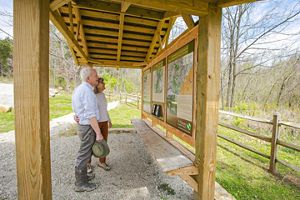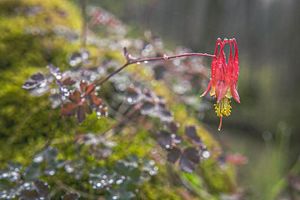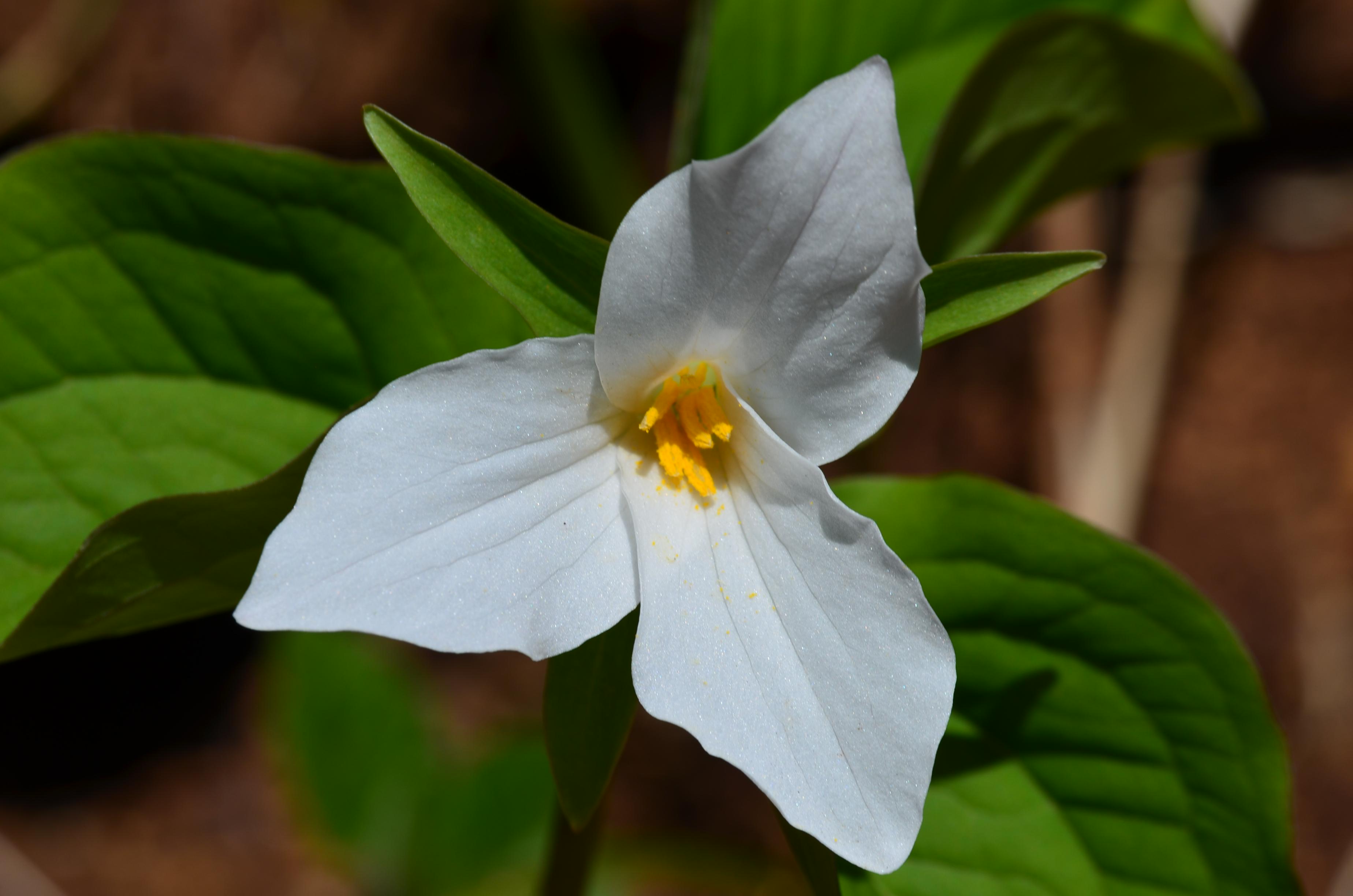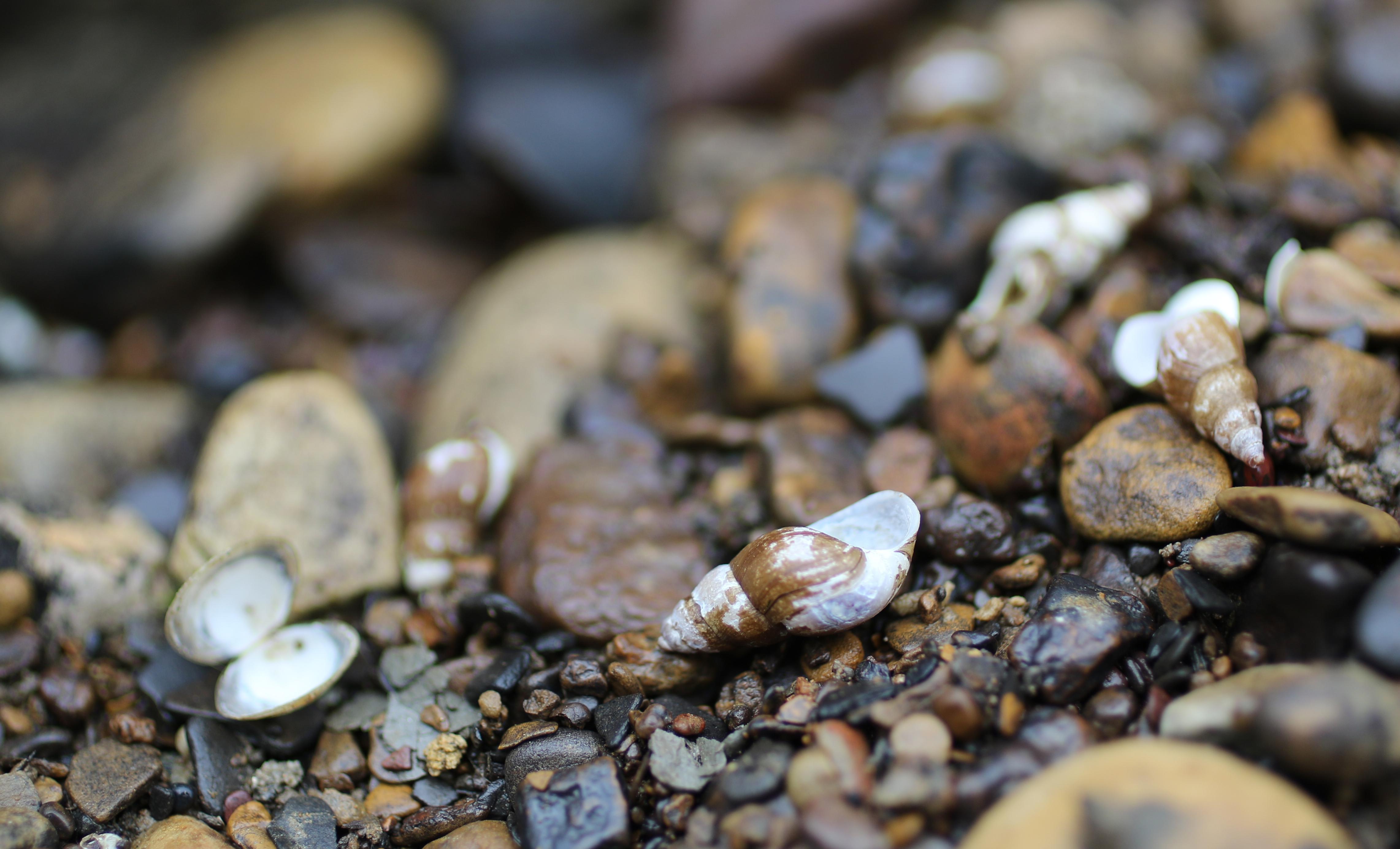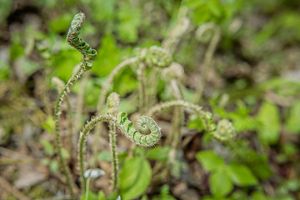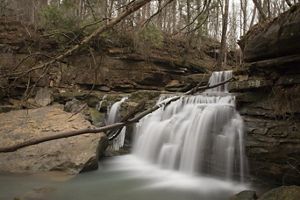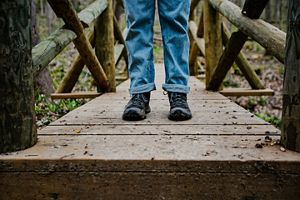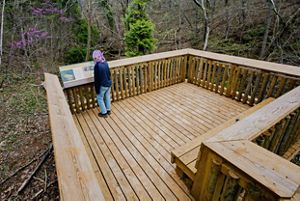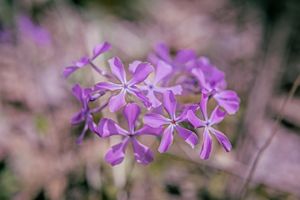Description
Opened in summer 2020, the Helen C. Black Trail at the John and Marion Becker Cedar Falls Preserve offers visitors an exceptional opportunity to explore a special area of The Edge of Appalachia Preserve System.
Cedar Falls is a 15-foot cascade over a series of limestone ledges. Like many waterfalls in southern Ohio, the falls are best viewed in spring or after a hard rain, when water flow is the strongest.
Below the falls, Cedar Run has carved a deep gorge flanked on either side by cliffs up to 70 feet high. Although rare in a human lifetime, occasionally sections of this cliff face break off in one spectacular event. Evidence of this can be found along the trail as it moves through the “boulder field,” which is comprised of huge slump blocks of Peebles dolomite that have broken off from the cliffs above.
With its dramatic cliffs and huge boulders, the boulder field is rugged but, ironically, also one of the most fragile areas along the trail. In spring, carpets of lush wildflowers cover the ground and the rocks, their growth nurtured by the cool, moist and sheltered environment of the narrow gorge. Over long periods of time, crevices in the boulders and the surrounding talus slope have accumulated soil, allowing a diversity of wildflowers to colonize the forest floor. These delicate plants flower from March through May (prior to the emergence of deciduous tree leaves), when temperatures are moderate, soil is moist and sunlight is readily available.

